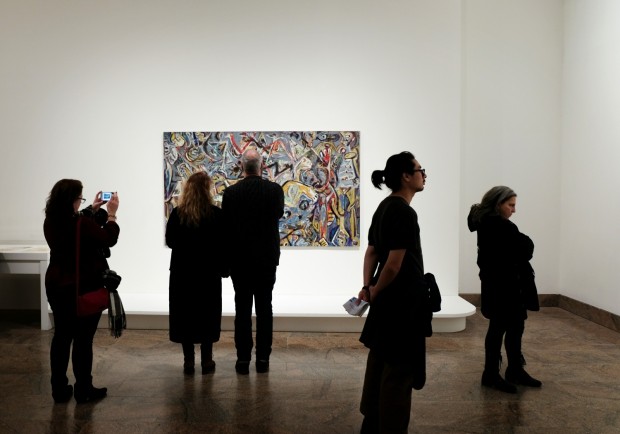
(Photo : unsplash.com/@yessijes)
The little galleries play the role of vital pillars in the world of contemporary art, they are workspace for up-and-coming artists and they also inform the order through which art resonates with the minds of collectors and the established art market. On the contrary, doing so in the small galleries frequently functions as a small business, the owners end up facing many difficulties arising from the factors impacting the business environment, for instance, the soaring costs or the changing nature of selling art online. Here, we dive into a market analysis of five galleries participating in The Foundations - an online fair organized by Artsy who are adopting the following strategies to triumph over these three common problems facing their business.
Cultivating a Strong Artist Roster
Small galleries play a pivotal role in discovering and nurturing emerging talent within their local art communities. Jonny Tanna, co-founder of London-based Minor Attractions and founder of Harlesden High Street, emphasizes the importance of this intimate connection with the local art scene. However, standing out in a crowded field remains a challenge. Tanna advocates for a measured approach, focusing on curated programming and artist development rather than rushing to participate in high-profile events. Soo Choi, founder of Seoul's P21, echoes this sentiment, emphasizing the delicate balance between sustainable growth and financial health.
Rising Costs
As small businesses, galleries face similar challenges to any other enterprise, with soaring rental prices and inflation impacting their bottom line. The cost of participation in international art fairs presents a significant financial burden, with diminishing returns adding to the risk. Karen Foss Becker of Copenhagen's Brigade highlights the time-consuming task of balancing budgets amid uncertainty, particularly when managing international rosters with high shipping costs.
Also Read: Brick in Architecture Awards 2024 Winners Unveiled
Forging New Relationships in a Hybrid Art World
The pandemic has accelerated the digitalization of the art market, with online accessibility becoming increasingly prevalent. Finn Schult, co-director of HEIRESS in Florida, acknowledges the role of digital platforms in expanding the gallery's reach globally. However, navigating this new territory requires adaptation. Vincent Chen, owner of Artnutri Gallery in Taiwan, emphasizes the importance of leveraging social media and online platforms to engage with collectors effectively. Maintaining a balance between the digital realm and physical space is crucial, as Becker notes the importance of cultivating a welcoming environment for visitors at Brigade.
Consequently, small galleries who rise to the occasion do not only face the complexities of their own small business intricacies but they are also examples of how broader changes are evolving within a market that is changing. In their struggle to survive and succeed, these galleries are some of the furthest experimentation and give importance to the use of digital tools and adopting new business models. Those measures are key to a continuous functioning and growth of the institutions. Highlighting an increasingly expensive market and developing users' behavior new, small galleries get in the way trying to make strict definitions of their strategies in order to remain resilient and be a part of a dynamic process in the industry. The galleries are using the internet to put in online viewing rooms, virtual based exhibitions and social media as a promoting tool. This technology is empowering the galleries to extend reach and engage with the global audience.
Related Article: Galleries and Fairs Will Evolve in 2024 As It Bridge Physical and Digital Arts


















